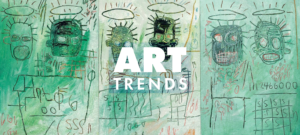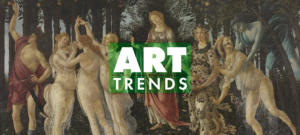Who comes to mind when we think about Surrealism? Salvador Dalí? Andre Bréton? René Magritte? Or maybe Max Ernst? These are the most common names one associates with the movement. They are the Surrealists we frequently see in museums, contemporary references, and art history books. What about the artists we don’t see? In other words, what about women?
It took many years of art history courses for me to learn about women’s presence in art before the late 1940s. It was many, many years before I learned about women in the Surrealist movement. Yet, the resurgence of interest in Surrealism has brought about further mention of women artists in the movement. So, let’s talk about my favorite Surrealist—Leonora Carrington.
What is Surrealism?
First, a quick lesson on Surrealism. Last time, I mentioned that art movements are a result of rejecting the movement that came before. (Note: As each art movement comes about, the prior one does not immediately cease to exist—there’s an overlap.) Post-Impressionism was a rejection of Impressionist technique and wished to convey a mood through color and expressive brushstrokes. Surrealism is a bit different. Rejection is too strong of a word to apply to the birth of this movement. Surrealism sprung forth from Dadaism, but was less of a rejection and more an addition to the prior movement.
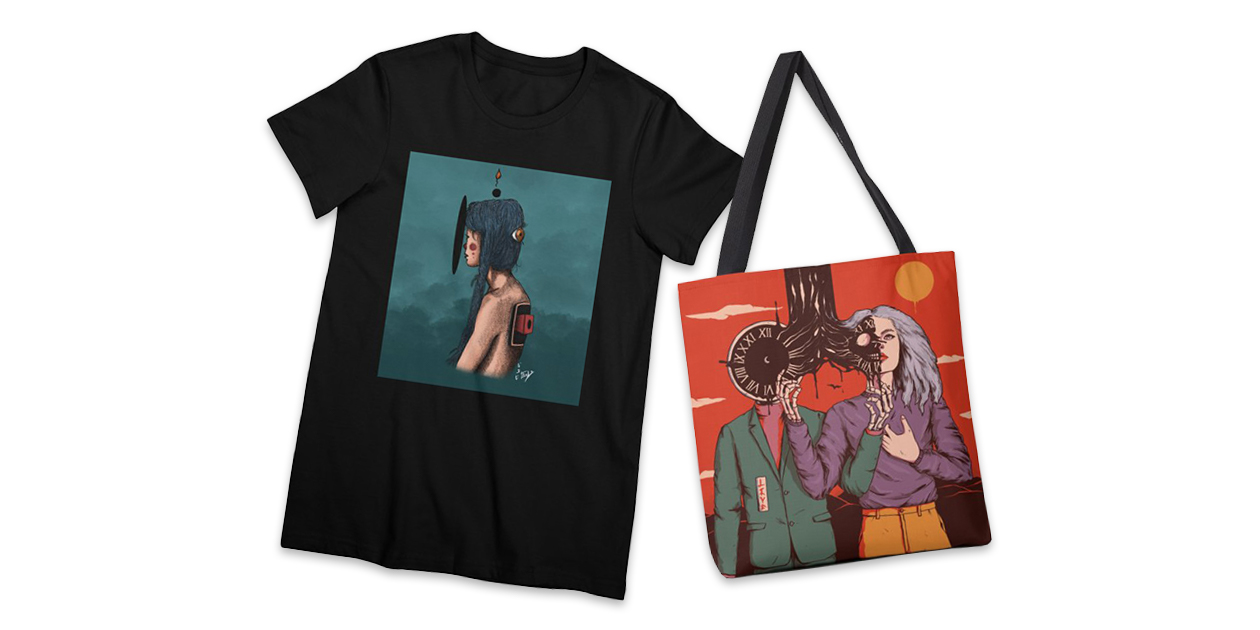
Surrealism championed art that did not “make sense.” Dadaism focused on spontaneity and the nonsensical to answer the question: What is art? Surrealists, however, were more interested in psychology, particularly Freud and Jung’s theories. They wanted to focus on representing the unconscious mind. There was a purpose behind the imagery. Each scene was open to interpretation with objects and settings that we know do not exist in reality, but are represented as such. Through surreal art we are confronted with how the unconscious mind is informed by reality.
Leonora Carrington
I’m going to skip the biographical. “Why, Rae?” you ask. Well, it’s far too common in art historical writing to focus on women artists’ biographies, rather than analyze and discuss their work. For example, the interpretation of Artemisia Gentileschi’s work is centered around her trauma. For women artists, the interpretation of their work is commonly focused on life events, often attributing their style or subject matter to the men they were involved with and/or a traumatic event they experienced. That’s not to say that these interpretations are wrong, but rather that it’s not the only possible interpretation. Yes, a life event/her lover likely influenced her art and…what else?
Surrealism didn’t extend only to painting, but also to sculpture, installations, and literature. Carrington not only painted and sculpted, but she also wrote a collection of Surrealist stories. These stories are strange and sometimes dark, but like a confusing vivid dream rather than a nightmare. Think Grimms’ Fairy Tales, but with an added touch of the illogical that Surrealists championed. In her earlier work, she often represents herself in two distinct ways. There are animals that often appear in her stories and art that are thought to represent herself. The hypothesis of her animal representations stems from her story The Debutante. In it, a girl befriends a hyena who agrees to attend a debutante ball in the girl’s place…wearing the face of a maid. Carrington over time began to use both a pregnant hyena and a white horse to represent herself.
Self-Portrait (Inn of the Dawn Horse)

In Self-Portrait (Inn of the Dawn Horse), completed in 1938, Carrington sits on the edge of a chair gesturing to a hyena. Outside of her window, a wild white horse runs free. Above her head is a rocking horse. The white horse seen outside of the window potentially represents the freedom Carrington desires, while the hyena highlights her feeling of being trapped in her aristocratic life.
Femme Cheval
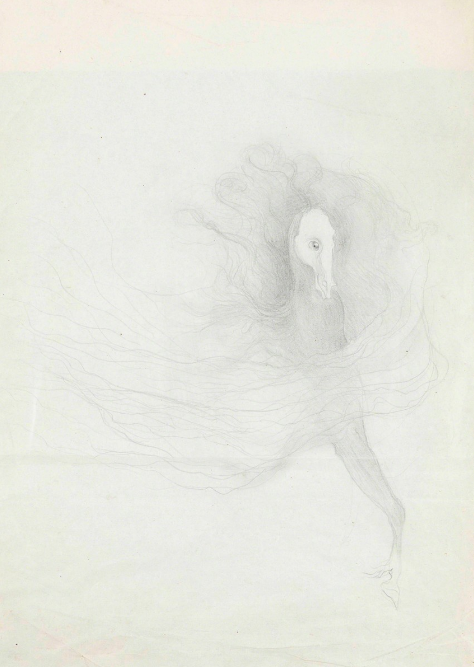
The white horse appears again in her 1941 drawing, Femme Cheval, which roughly translates to “Horsewoman.” It’s possible this white horse represents women and is used in many paintings to represent the artist herself. This drawing suggests the white horse’s connection to femininity, as well as the wild and free nature the artist dreams of.
The Oval Lady

Once again, a white horse and hyena appear in Carrington’s painting The Oval Lady (1942). However, this time the two animals are linked together. Their tails stretch up and transform into trees. Each animal is connected to the other by a leash extending from a collar. Perhaps this link of the two creatures indicates the duality of Carrington’s being—the marriage of the hard and soft represented by the pregnant hyena and the beautiful yet wild horse.
The Birdmen of Burnley
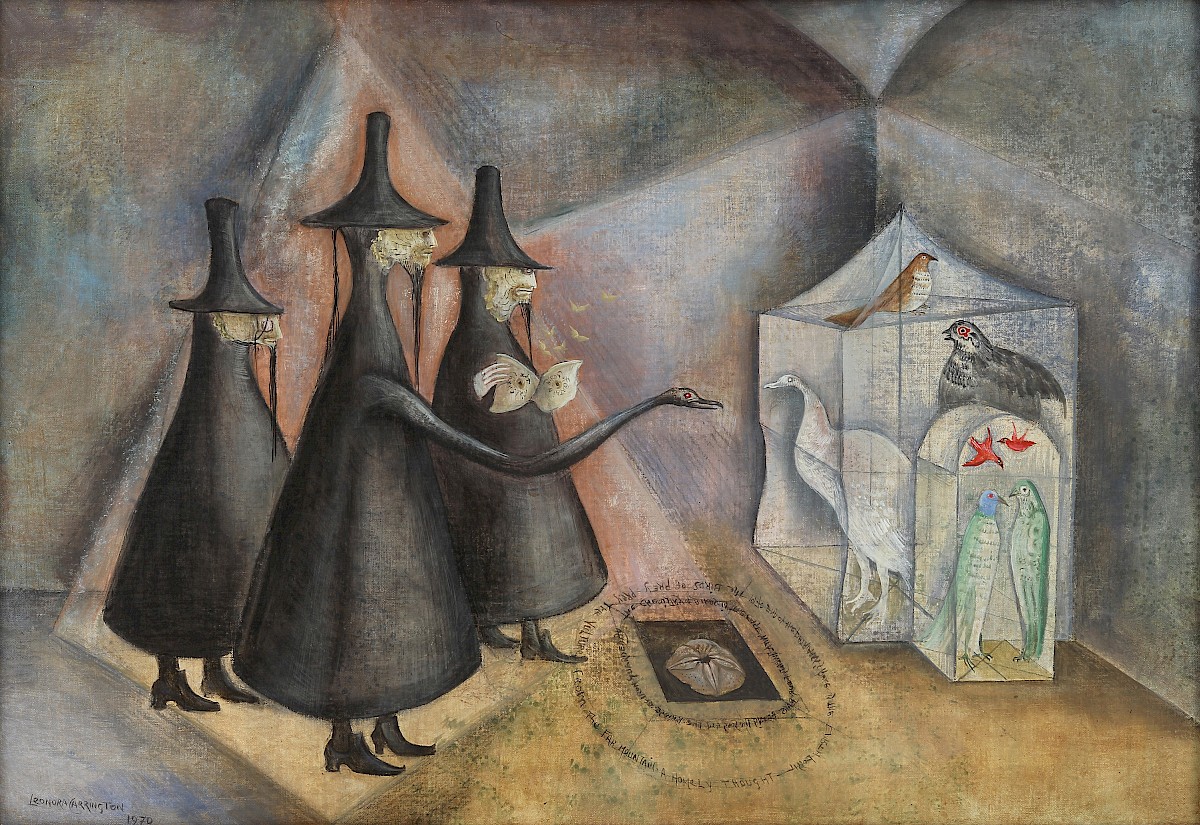
Ultimately, Carrington was interested in the occult, spirituality, and mythology. This is apparent more so in her later works, but still present in some of her early works (The Oval Lady has references to goddesses). Over time, Carrington transformed her own personal style with details such as the haziness of an imaginary realm, the clothing of mysterious figures in seemingly occult settings, and ethereal beings from spiritual texts.
This shift in technique is evident in her painting The Birdmen of Burnley (1970). At this point, Carrington began to use more muted tones that convey being in another realm or having a spiritual experience. She used color to set the tone and create a mood in her paintings. Carrington had the tendency to include symbols as well as light coming from unnatural places, or from nowhere at all. This emphasizes the dreamlike state where one recognizes elements but may not understand the whole picture.
In art historical writing, if you’re analyzing and communicating your understanding of an artwork, you make clear statements of what you think the work means. Here, however, I have chosen to suggest rather than claim. Carrington never disclosed the meaning of the symbols used in her artwork. She believed that providing these concrete ideas of what something means diminishes how feeling plays a role in creating meaning. I want to leave it up to this audience to create their own understanding of her work and in turn grow close to it.
Why is Surrealism Trending?
It’s important to mention that this trend could be linked to museums currently looking to diversify their collections and include more underrepresented artists. Leonora Carrington is not the only woman highlighted in this new focus on Surrealism. Spanish artist Remedios Varo is another Surrealist artist trending at the moment. She also painted mystical dreamscapes, was a prominent figure in the Paris Surrealist scene, and was even friends with Carrington.
Despite her death at the height of her career in 1963, Varo remained mostly unknown. However, the resurgence of Surrealism has brought her work into the spotlight with a retrospective pop-up show in 2019. That’s not to say that the interest in women involved in the Surrealist movement is only a contemporary matter. There are art historians who have been doing the work and fighting to highlight women artists of all art movements. It may be that now is the time that hard work and dedication has manifested into something great. Yet, I believe there’s still more to it.

So, what other reason is there for the resurgence of Surrealism?
It’s easy to say that we’re interested in dreams and the illogical because of the state of the world. That’s true, to a certain extent. The Surrealist interest in psychoanalysis has much to do with our own state of mind as we start to worry whether or not we’ve lost every one of our social skills, or if we’ll ever be able to see loved ones in person without anxiety. Of course, these are all possibilities.
Currently, however, the question that comes to mind is: When the internet becomes too much, where do we turn to escape reality? Of course I believe that we turn to art—of any kind, but mainly visual. Visual art transports us to another world, another time, another place. Surrealist art especially allows us to get lost in an actual dream. We are allowed to construct meaning based on feeling, and attempt to understand a different form of reality.

